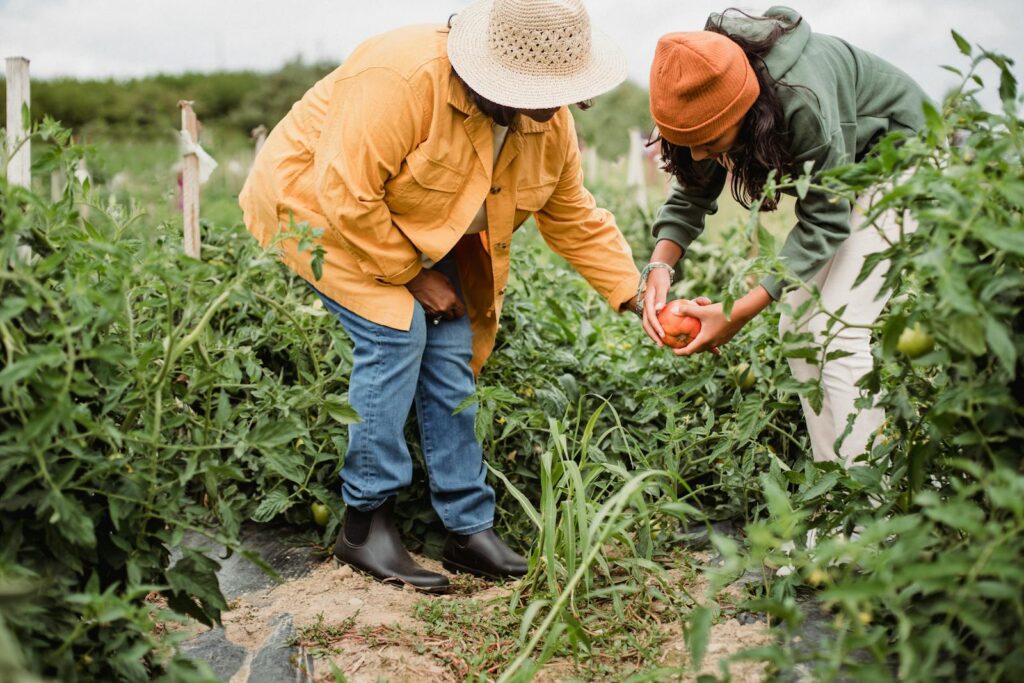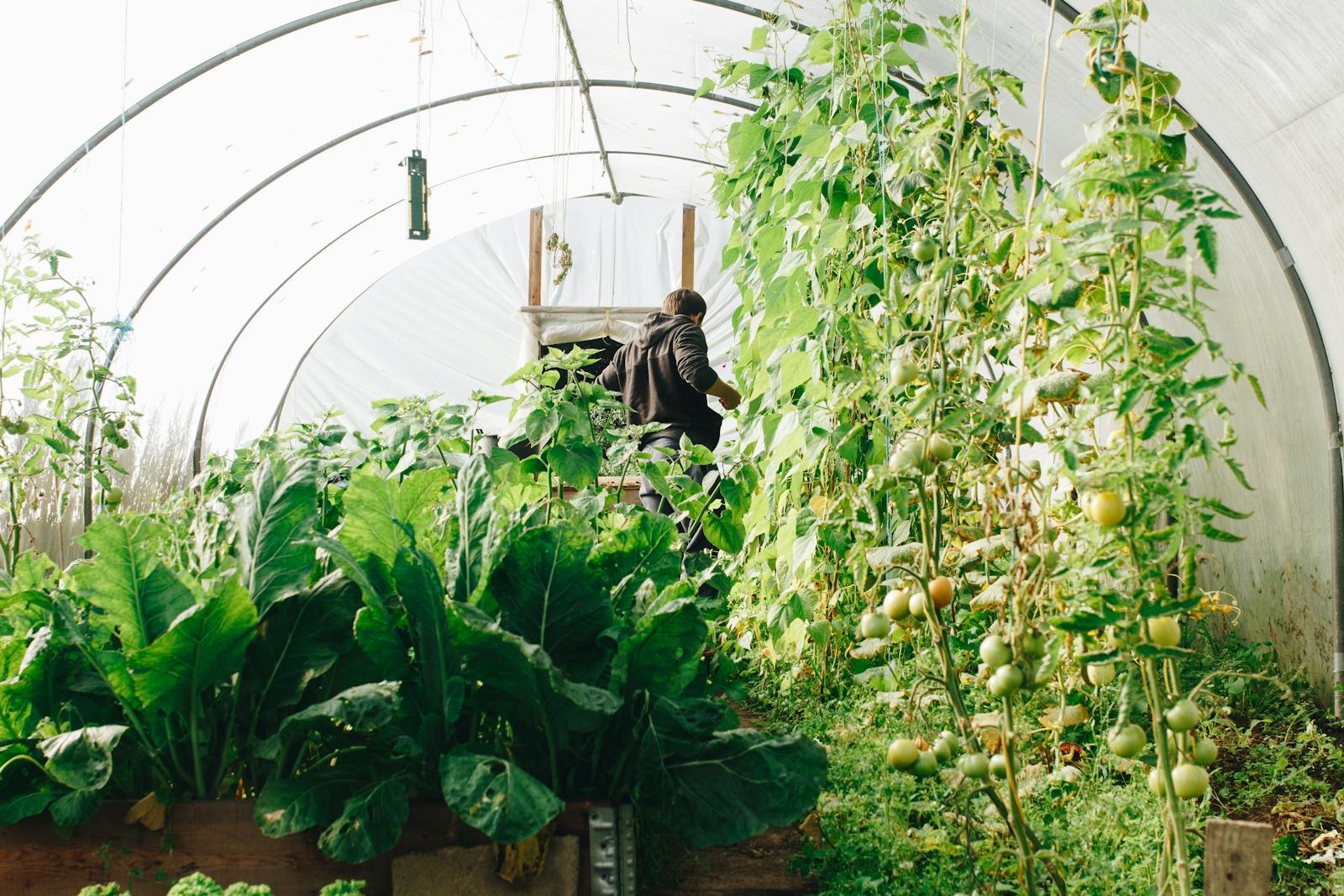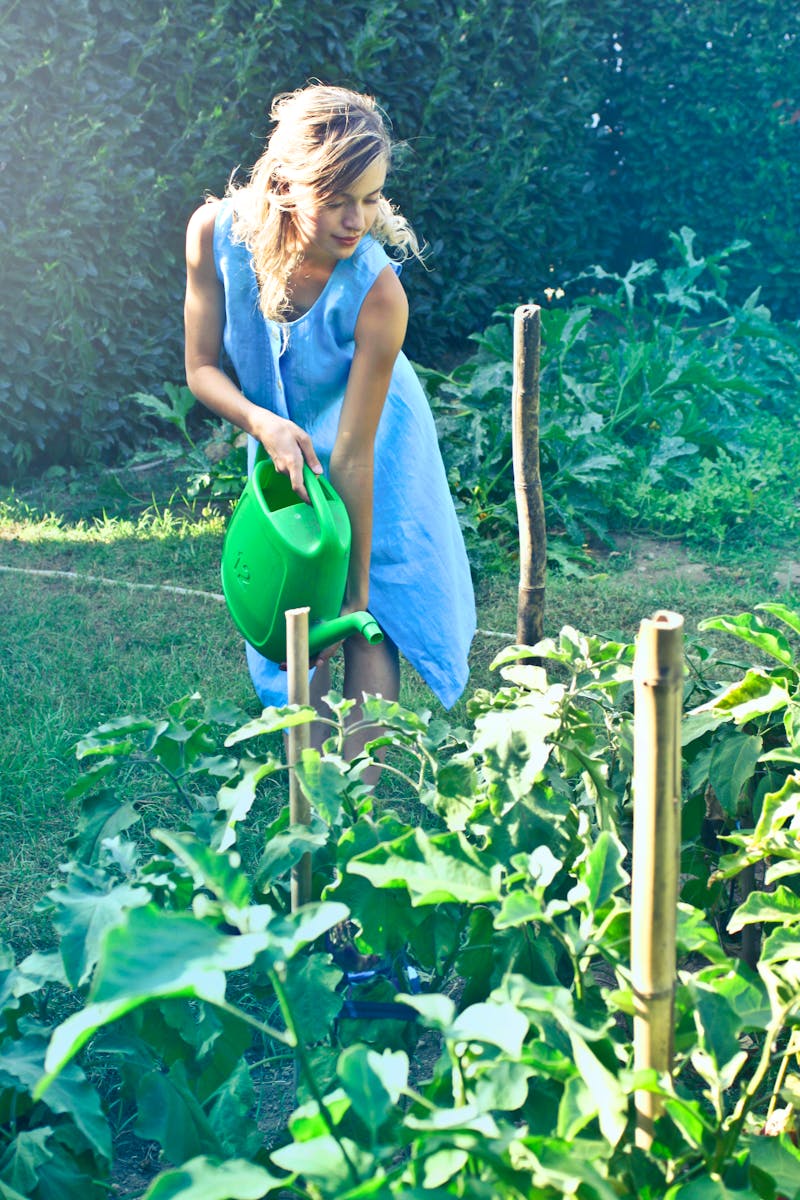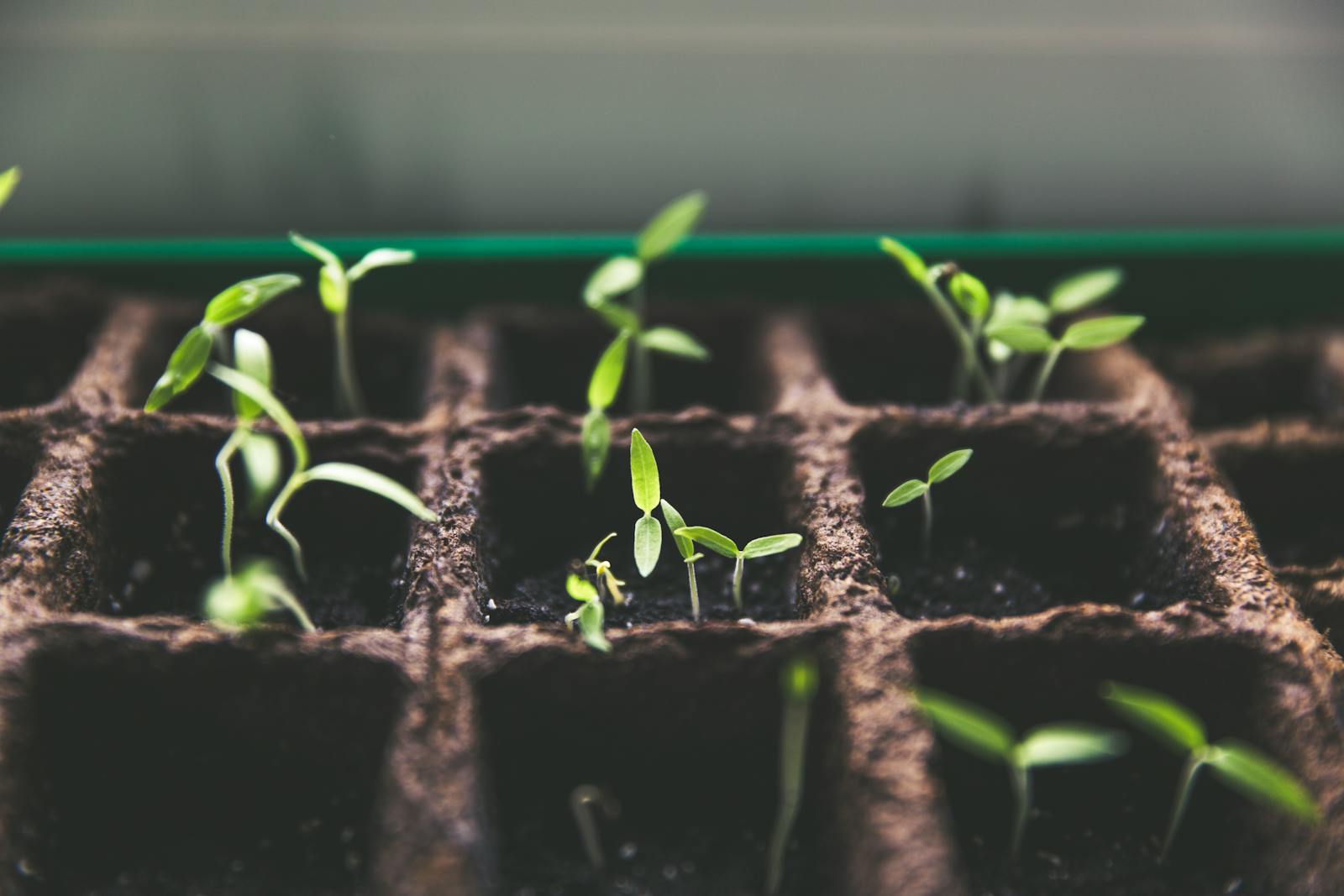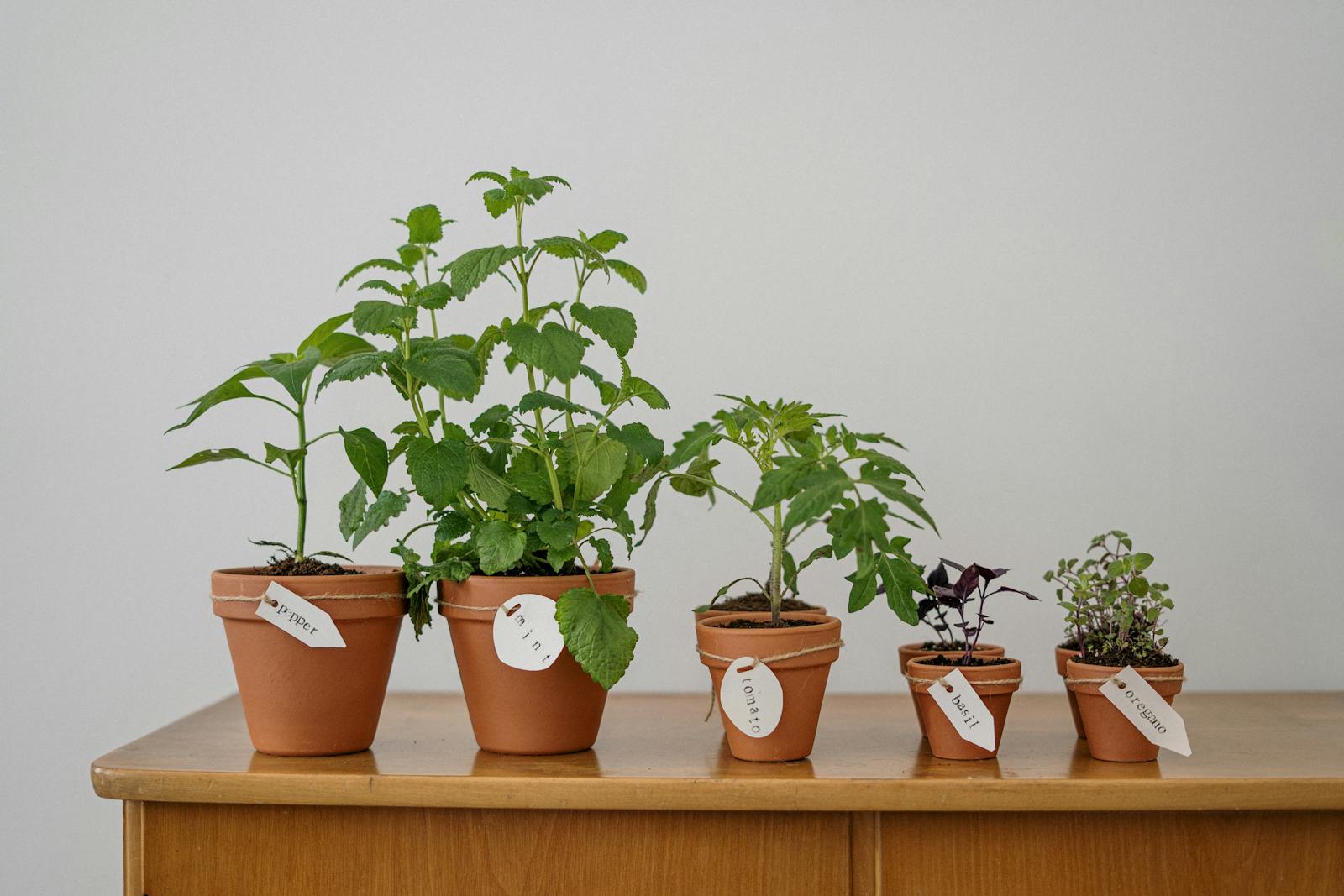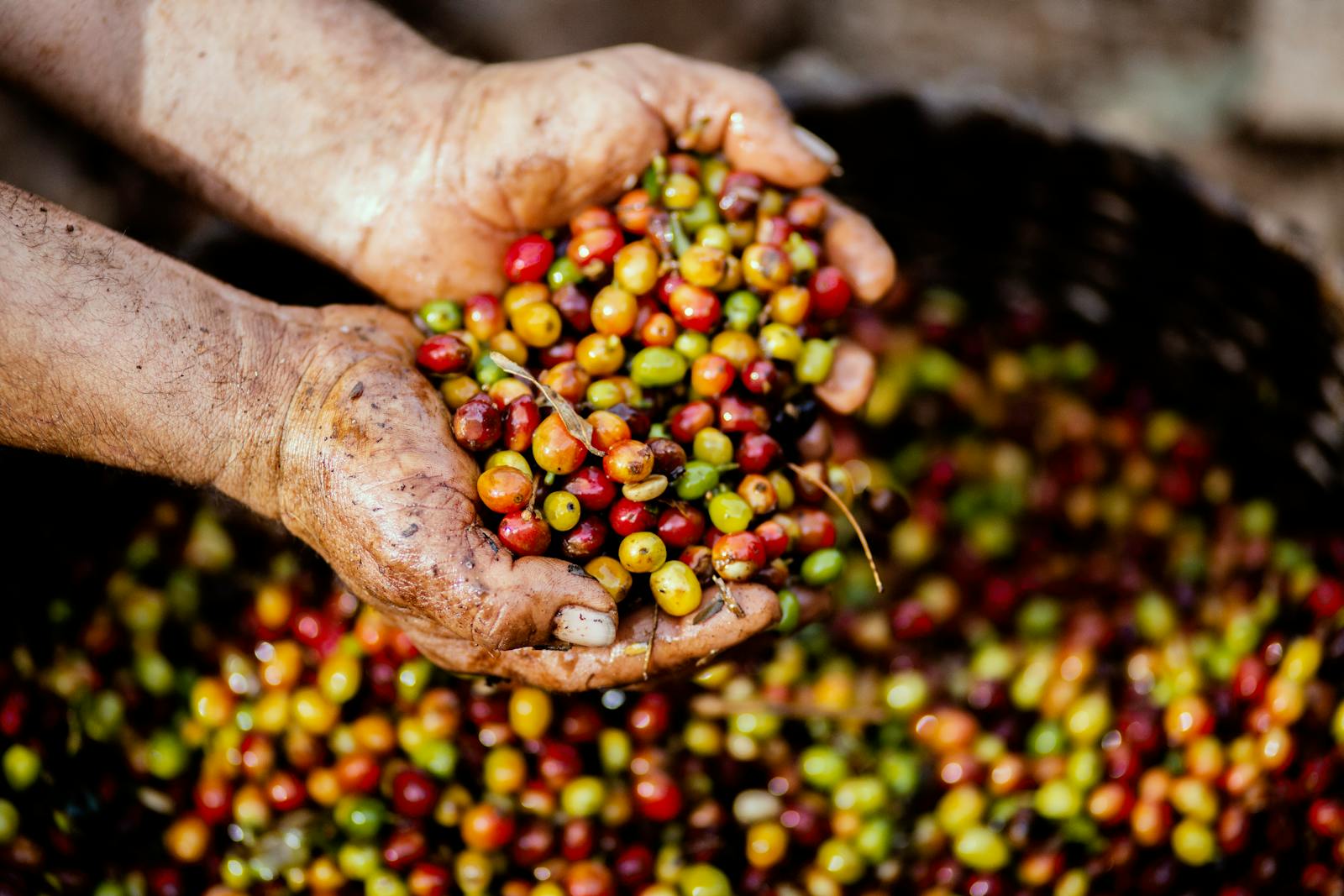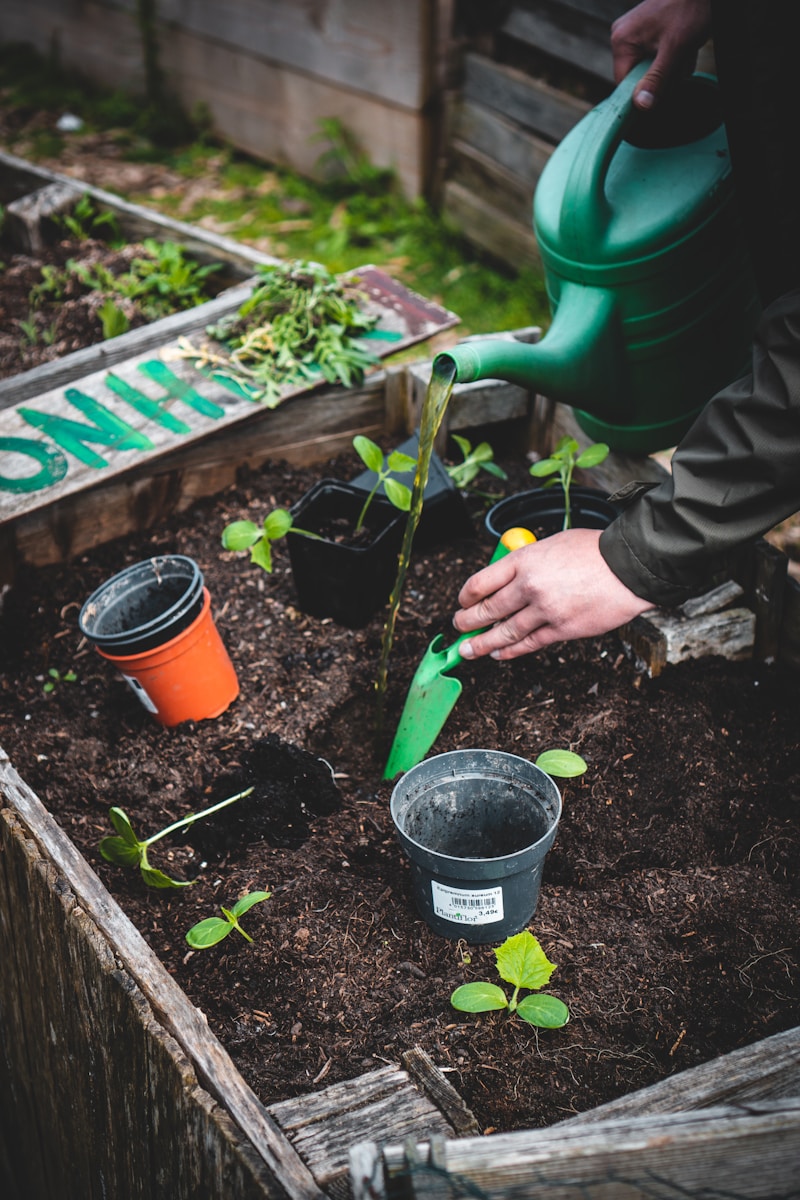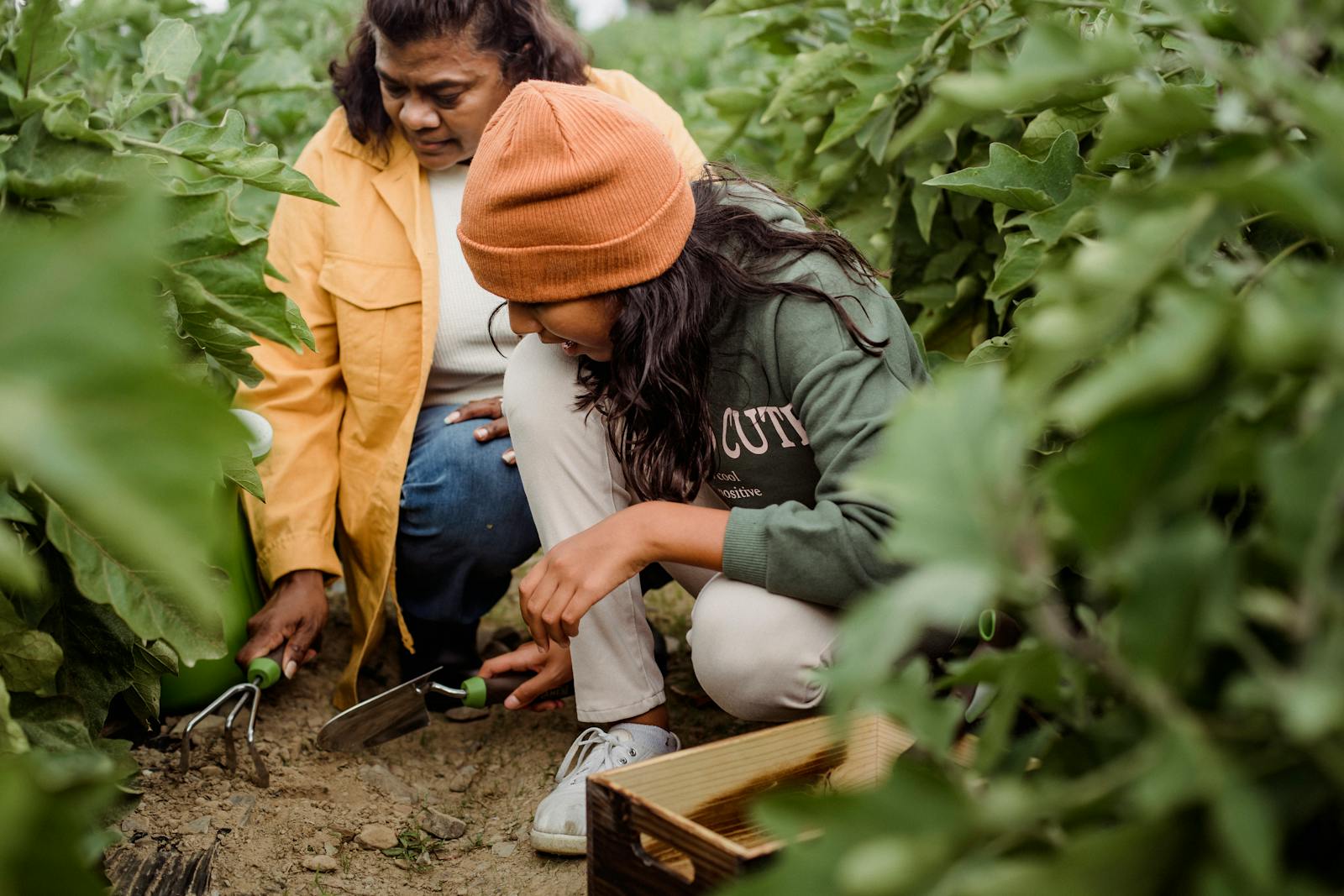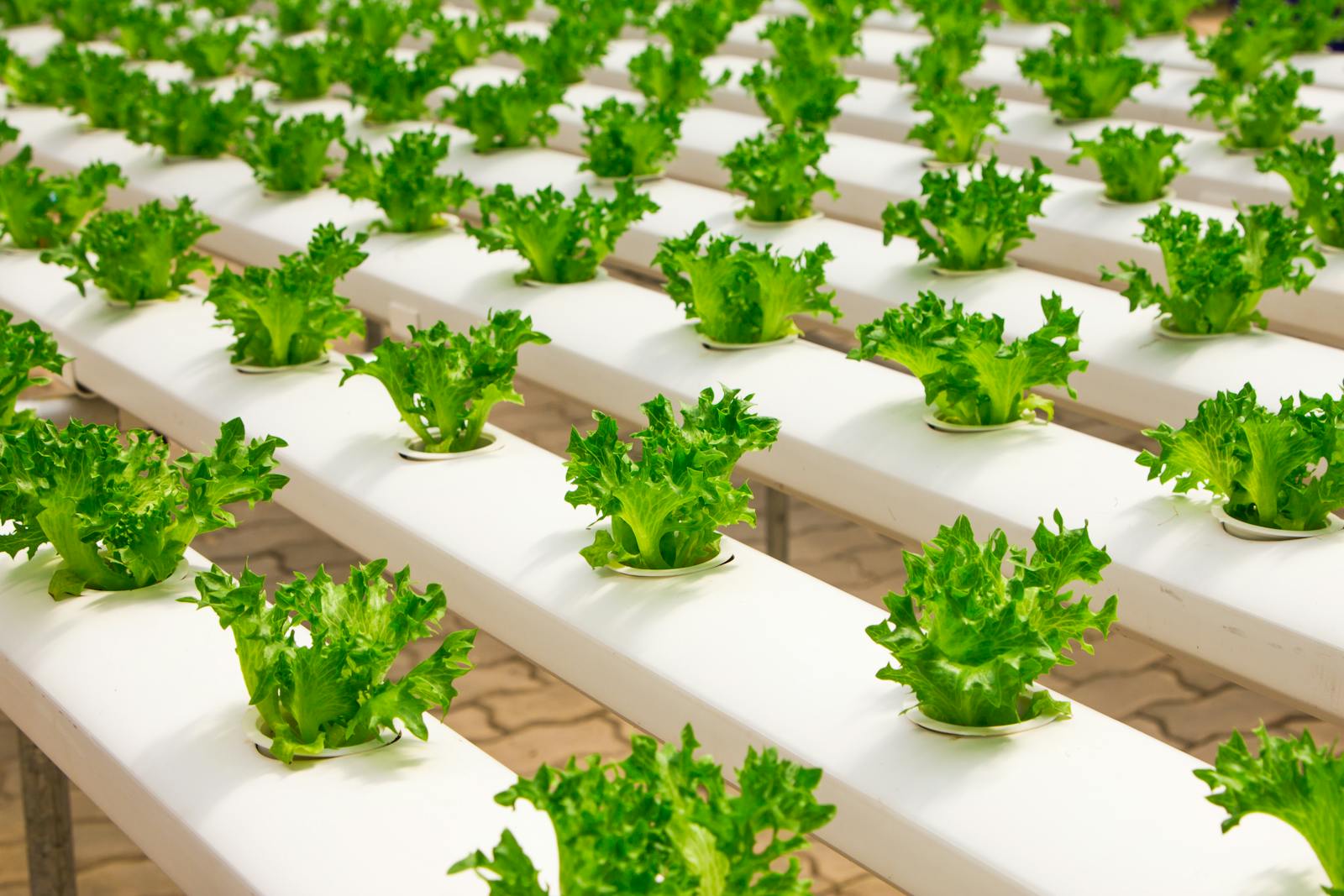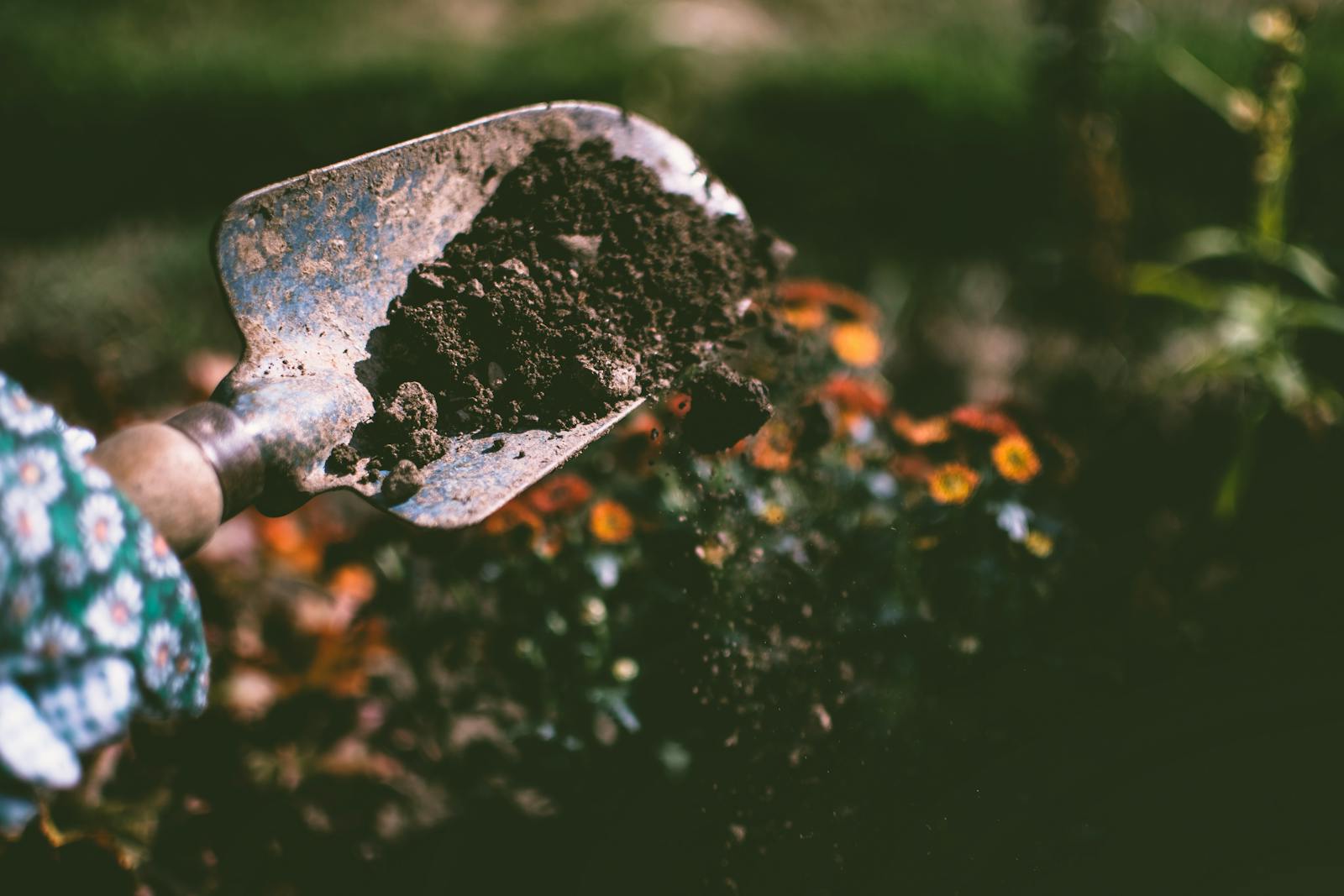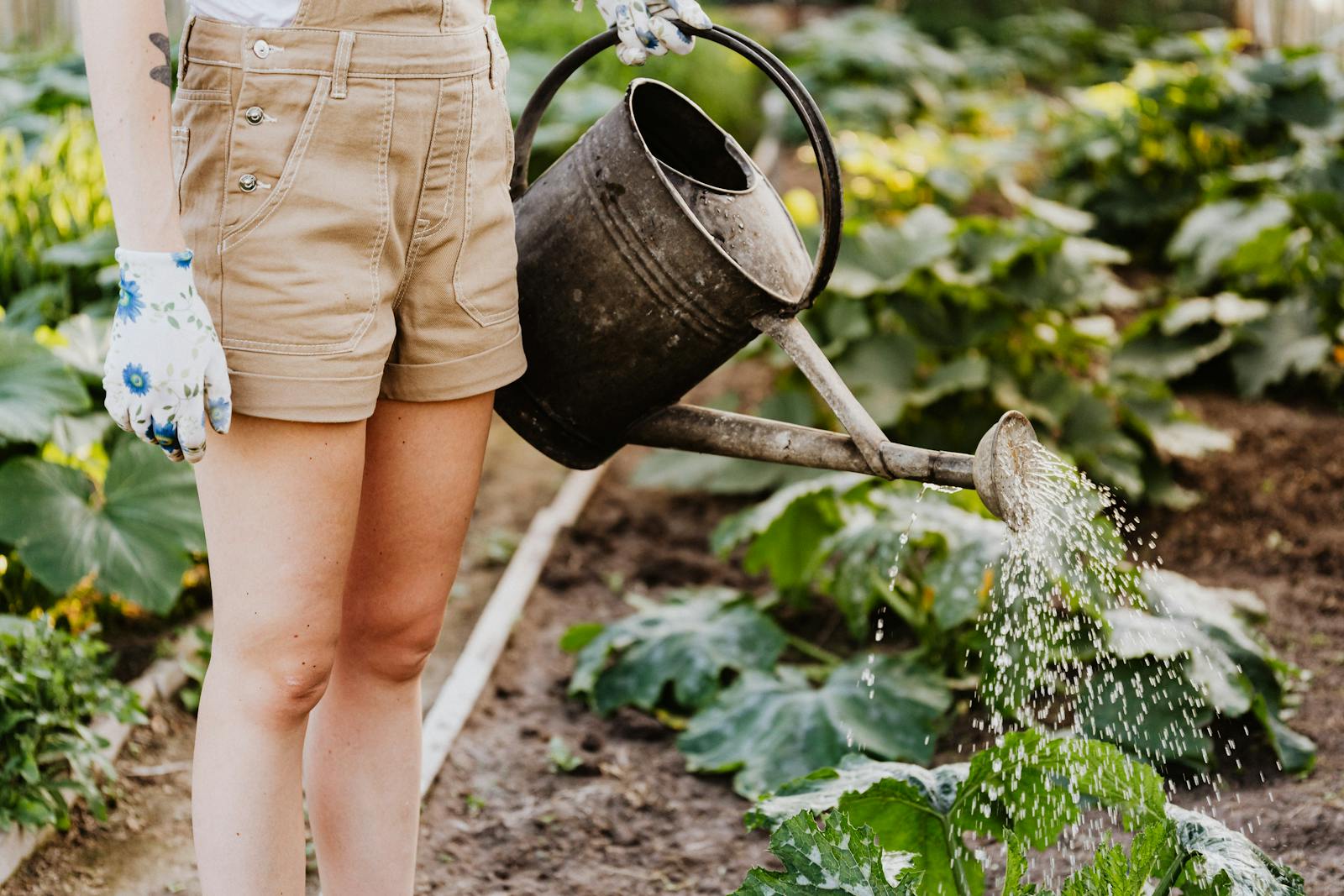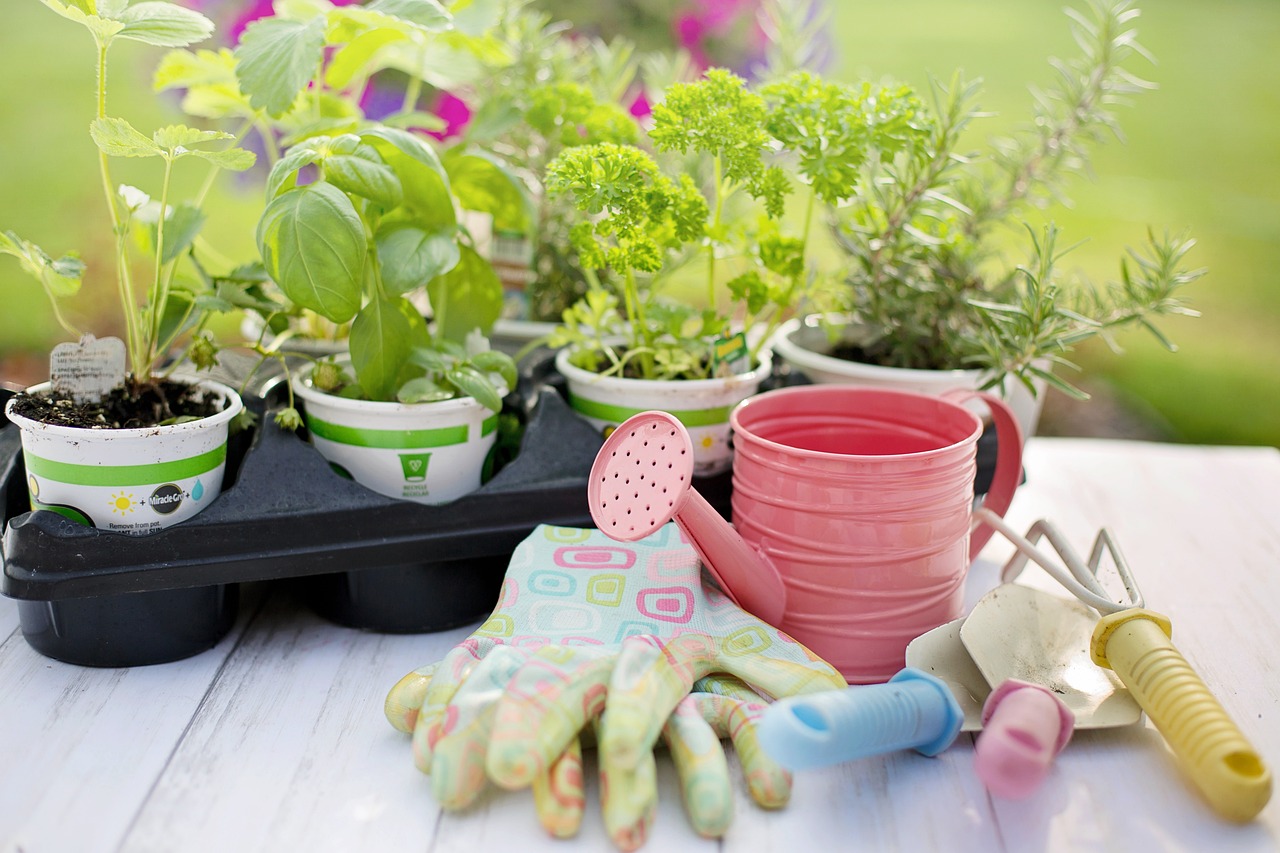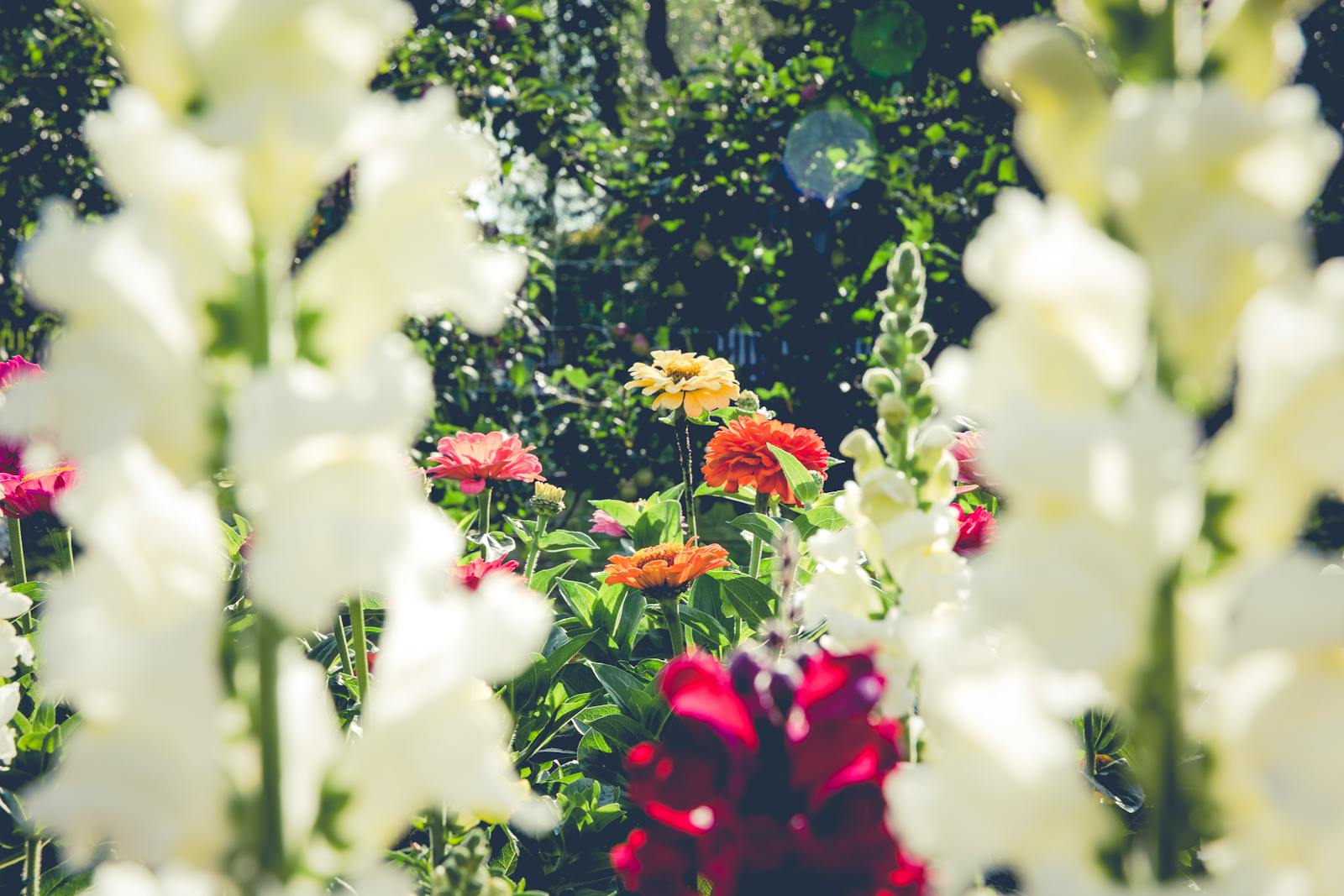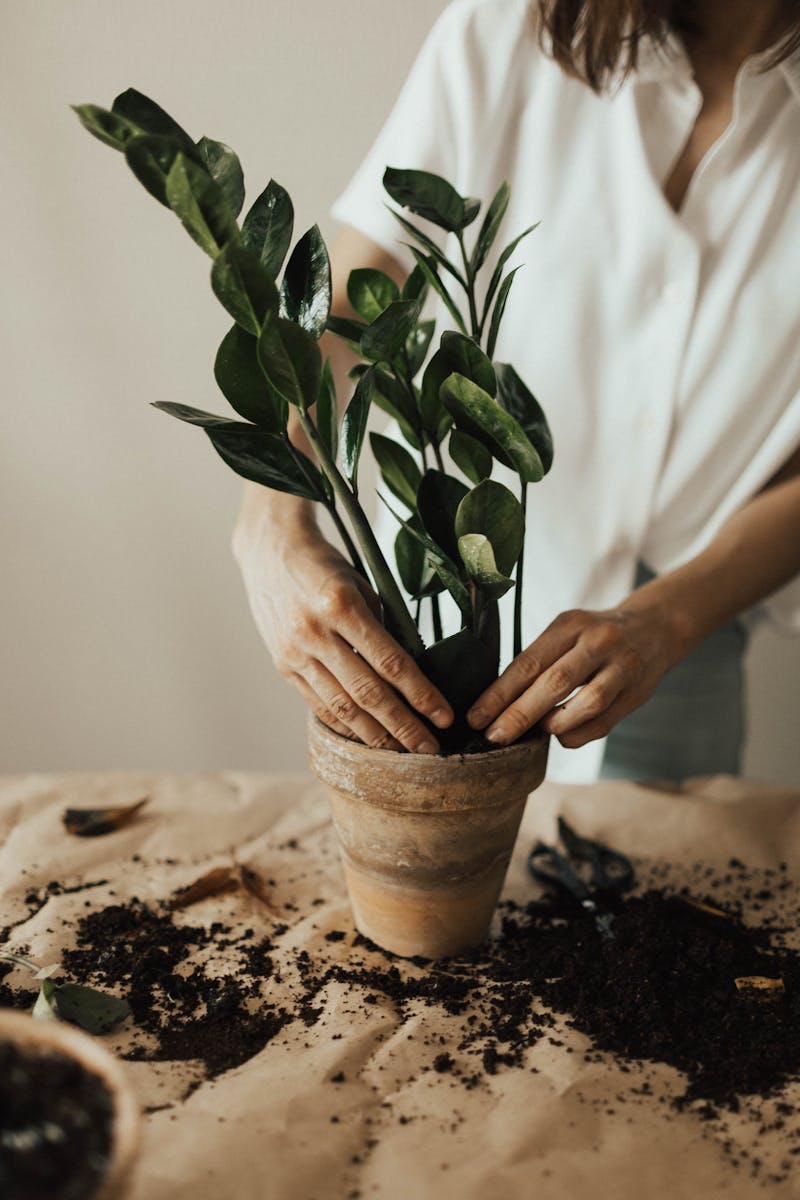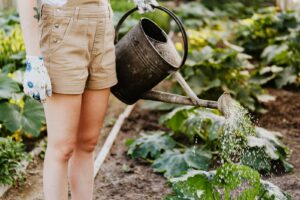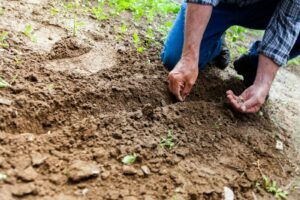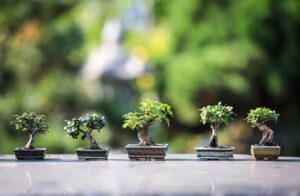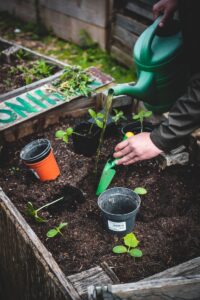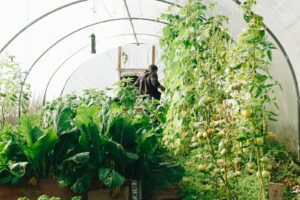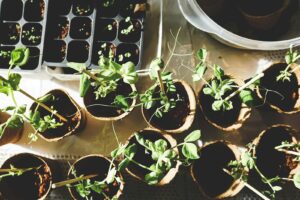Introduction
Starting a vegetable garden at home can seem like a big task, especially if you’re new to gardening. However, it doesn’t have to be overwhelming, and with the right approach, anyone can enjoy the satisfaction of growing their own food in even the smallest of spaces. Whether you have a backyard, balcony, or just a windowsill, starting a small vegetable garden at home is achievable and can yield a rewarding harvest. This guide will walk you through the steps to create your own easy-to-manage vegetable garden.
1. Why Start a Small Vegetable Garden at Home?
There are many reasons why people choose to start vegetable gardens at home, even in small spaces. For some, it’s about eating fresh, homegrown produce. For others, it’s a way to connect with nature or reduce their carbon footprint. Whatever the motivation, small vegetable gardening offers numerous benefits.
Benefits of Growing a Small Vegetable Garden:
- Fresh Produce: Harvesting fresh vegetables right from your garden is incredibly satisfying and can improve the quality of your meals.
- Cost Savings: Growing your own vegetables can save money, especially if you grow high-yield varieties.
- Healthier Options: Homegrown vegetables tend to be healthier since you can grow them organically, without pesticides or chemicals.
- Educational: Gardening teaches valuable skills, from understanding plant growth cycles to learning about sustainability.
- Stress Reduction: Spending time in the garden can reduce stress and promote overall well-being.
2. Choosing the Right Location for Your Vegetable Garden
The first step to starting a vegetable garden is selecting the best location. Whether you have a large yard or just a small space, there are plenty of options to consider.
Key Factors for Choosing a Location:
- Sunlight: Most vegetables need at least 6 hours of direct sunlight per day to thrive. Make sure the spot you choose gets enough sunlight throughout the day.
- Accessibility: Choose a place that is easy to access for planting, watering, and harvesting. Consider areas close to water sources, like a garden hose or rain barrel.
- Protection from Wind: Wind can dry out your plants, so try to choose a sheltered spot or use windbreaks if you live in a particularly windy area.
- Space: Even in small spaces, you can grow vegetables in containers or raised beds, so don’t worry if you don’t have a huge yard.
3. Choosing the Right Vegetables for Small Spaces
Not all vegetables are suited for small spaces. For a small vegetable garden, it’s essential to choose varieties that are compact and easy to manage. Look for plants that are well-suited for containers or small garden beds.
Vegetables to Grow in Small Spaces:
- Leafy Greens: Lettuce, spinach, kale, and Swiss chard are ideal for small gardens and grow quickly.
- Herbs: Basil, mint, parsley, and thyme are perfect for container gardening and can be grown in small spaces.
- Tomatoes: Dwarf or cherry tomato varieties work well in containers and produce a lot of fruit in a small area.
- Radishes and Carrots: These root vegetables are compact and grow quickly, making them a good choice for small gardens.
- Peppers: Bell peppers and hot peppers are great for containers and don’t require too much space.
4. Preparing the Soil for Your Vegetable Garden
Whether you’re planting in the ground, in containers, or in raised beds, good soil is the foundation of a successful vegetable garden. Soil preparation ensures that your plants get the nutrients they need to grow strong and healthy.
Steps to Prepare the Soil:
- Test Your Soil: A soil test can tell you the pH and nutrient levels of your soil. If your soil is too acidic or alkaline, you can adjust it accordingly.
- Improve Soil Drainage: Good drainage is essential to prevent waterlogging. Add organic matter like compost to improve soil structure.
- Add Compost: Compost adds vital nutrients to the soil and helps retain moisture. It’s a great way to improve your soil without using synthetic fertilizers.
- Use Organic Fertilizers: If needed, use organic fertilizers to give your plants a healthy start.
5. Planting Your Vegetables
Once your soil is prepared, it’s time to start planting. For beginners, it’s best to plant seeds or young plants that are easy to care for and grow quickly.
Planting Tips for Beginners:
- Follow the Planting Depth: Read seed packets or plant labels to know the ideal planting depth for each vegetable.
- Space Plants Properly: While it’s tempting to plant densely, overcrowding can stunt plant growth. Be sure to leave enough space between plants for air circulation and root growth.
- Watering: Water your plants thoroughly after planting to help them settle into the soil. Ensure that the soil remains moist but not waterlogged.
6. Maintaining Your Small Vegetable Garden
Taking care of your vegetable garden is essential for a successful harvest. Regular maintenance will help prevent pests, diseases, and other issues that could hinder growth.
Gardening Maintenance Tips:
- Water Regularly: Keep your plants well-watered, especially during hot weather. Containers and raised beds tend to dry out faster than in-ground gardens.
- Mulch: Mulch helps retain moisture and suppress weeds. Apply a layer of mulch around your plants to keep the soil consistent in temperature and moisture.
- Pruning and Harvesting: Regularly prune your plants to encourage healthy growth. Harvest vegetables as soon as they’re ready to avoid over-ripening.
- Pest Control: Keep an eye out for pests. Natural remedies like neem oil or introducing beneficial insects can help keep pests at bay.
7. Harvesting and Enjoying Your Vegetables
The best part of gardening is the harvest! Depending on what you planted, you can expect to enjoy your homegrown vegetables in just a few weeks to a few months.
Harvesting Tips:
- Harvest at the Right Time: Timing is key to getting the best flavor and texture from your vegetables. Follow the guidelines for each plant to know when it’s ready to harvest.
- Store Properly: After harvesting, store your vegetables properly to ensure they stay fresh. Some vegetables, like tomatoes, should be kept at room temperature, while others, like lettuce, need to be refrigerated.
Conclusion
Starting a small vegetable garden at home is not only easy but incredibly rewarding. By choosing the right location, selecting the best vegetables for small spaces, preparing the soil, and maintaining your garden properly, you can enjoy fresh, homegrown vegetables with minimal effort. Whether you’re a beginner or just looking to start a garden in a small space, these steps will guide you to success. Happy gardening!
